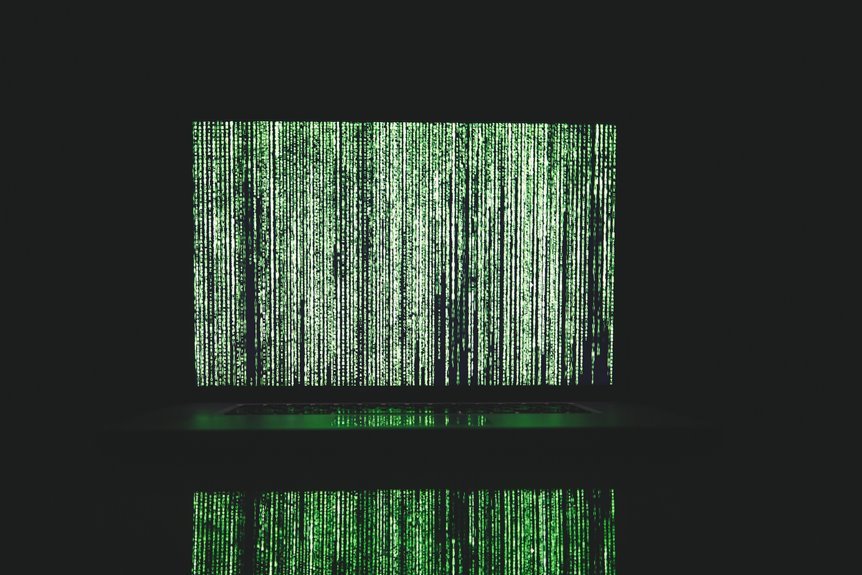Decode Unknown Contact Information 3332823662 3513354474 3895661560 3899859441 3294154848 3389144826

The emergence of unknown contact numbers, such as 3332823662 and 3513354474, raises concerns about their legitimacy. Many individuals find themselves receiving calls from unfamiliar sources, prompting the need for a systematic approach to decipher these communications. Identifying potential scams is crucial in today’s digital landscape. As the investigation unfolds, the effectiveness of reverse lookup services and community feedback will become pivotal in determining the nature of these calls. What insights will they reveal?
Overview of Unknown Numbers
When individuals receive calls from unknown numbers, they often experience a mix of curiosity and caution.
The rise of unknown caller trends has prompted many to seek solutions. Number verification tools have emerged as essential resources, allowing individuals to assess the legitimacy of these calls.
Identifying Potential Scams
How can individuals effectively discern potential scams when faced with unknown numbers?
Effective scam detection relies on caller verification techniques. Individuals should scrutinize unfamiliar numbers through online databases, review caller ID features, and seek reports from community forums.
Awareness of common scam tactics, such as urgency or unsolicited offers, also aids in identifying fraudulent calls, ultimately empowering individuals to safeguard their personal information.
Best Practices for Handling Unknown Calls
Recognizing potential scams is only the first step; effectively managing unknown calls is equally important.
Implementing call screening techniques, such as utilizing caller ID, allows individuals to filter unwanted communications. It is prudent to avoid answering calls from unrecognized numbers.
Additionally, one should consider documenting suspicious calls for future reference, enabling a more informed approach to potential threats in communication.
Resources for Further Investigation
A variety of resources are available for individuals seeking to further investigate unknown contact information.
Online directories serve as valuable tools, offering access to extensive databases that may reveal the identity behind a number.
Additionally, reverse lookup services enable users to trace calls or texts back to their origins, providing insights that enhance personal autonomy and informed decision-making regarding unknown contacts.
Conclusion
In conclusion, the challenge of decoding unknown contact information highlights the importance of vigilance in today’s communication landscape. As individuals navigate the complexities of unsolicited calls, one must ask: how can we protect ourselves from potential scams while maintaining open lines of communication? Utilizing reverse lookup services and community feedback can significantly enhance one’s ability to discern the legitimacy of these contacts. Awareness and proactive measures are essential in safeguarding personal information against unwanted solicitations.


